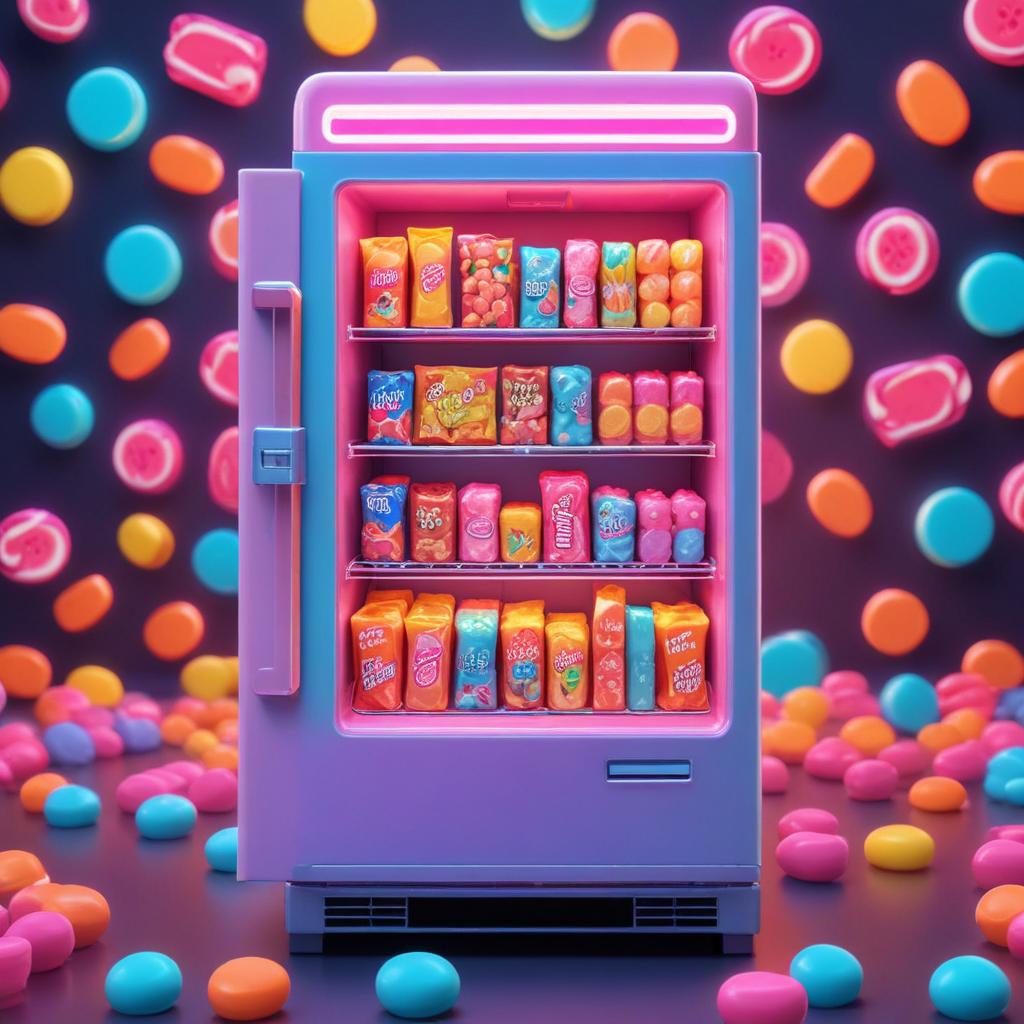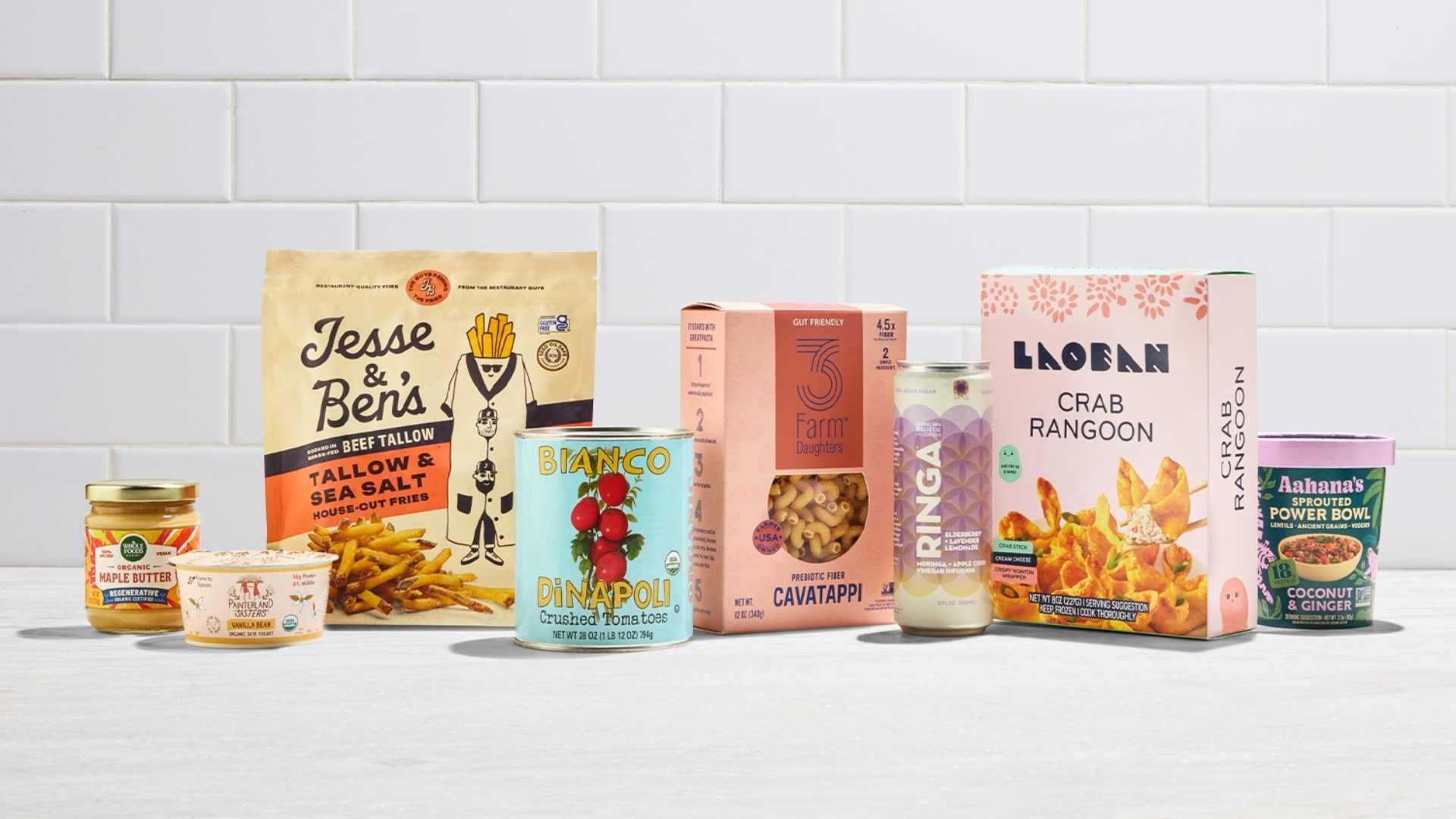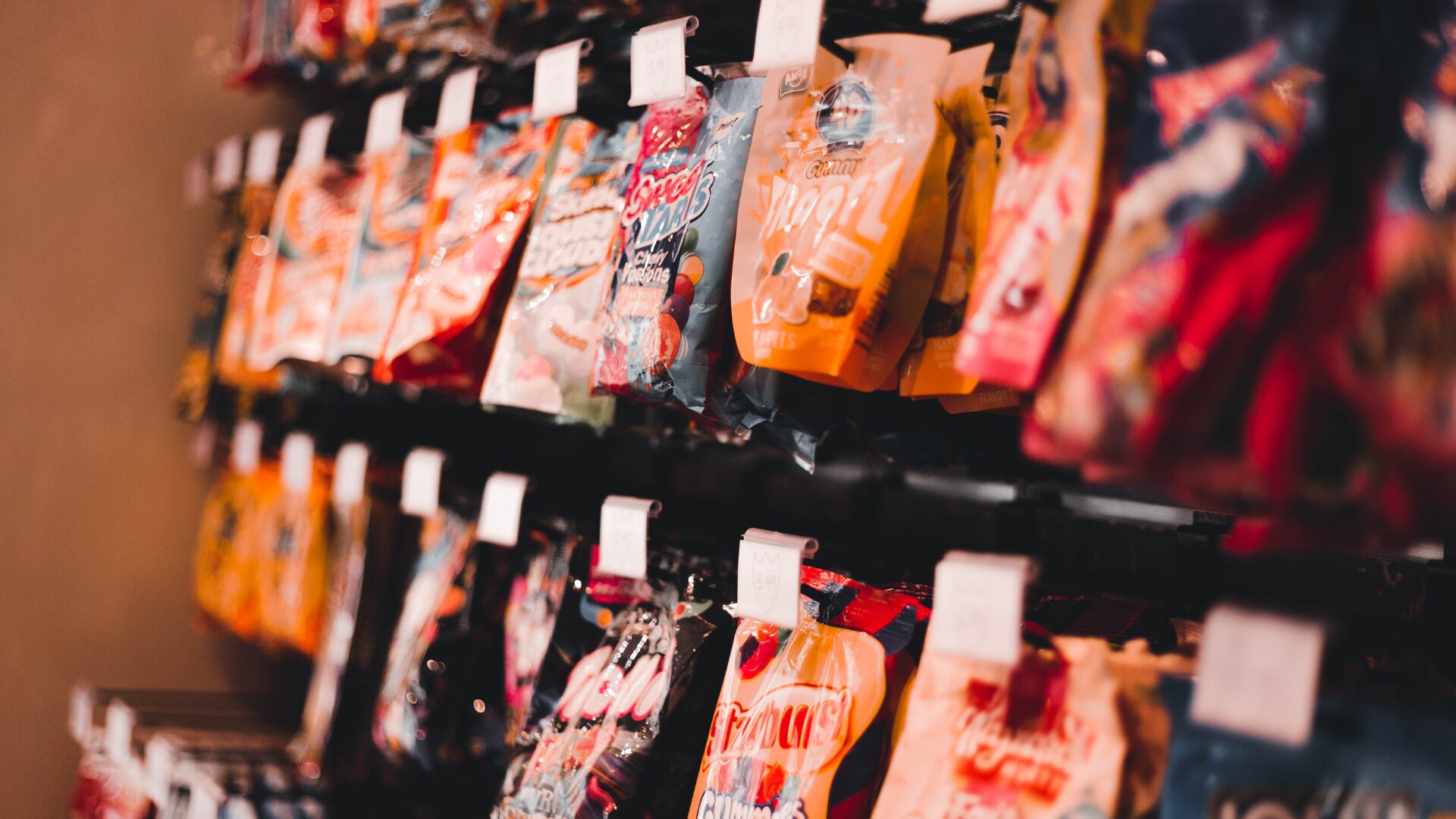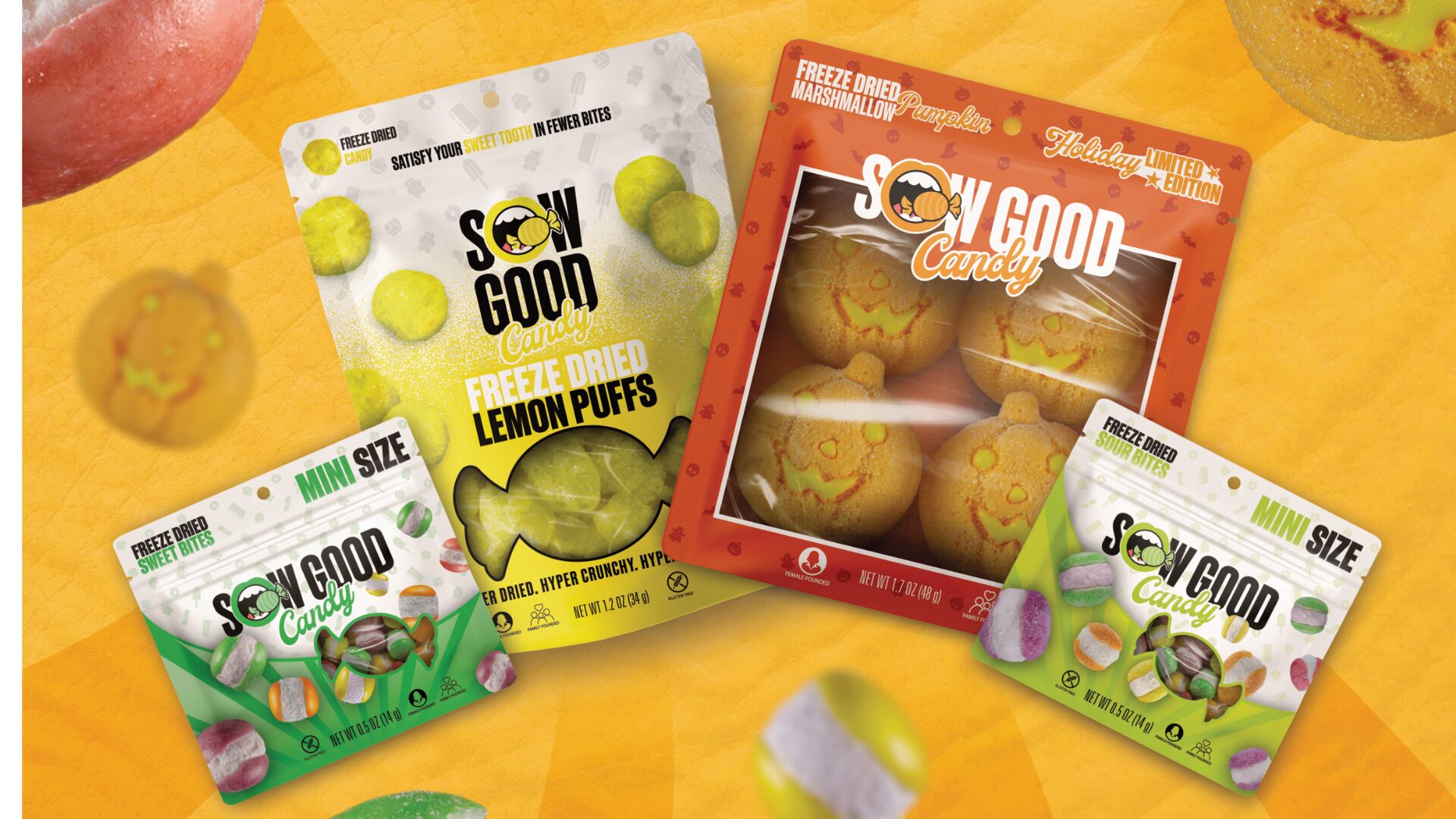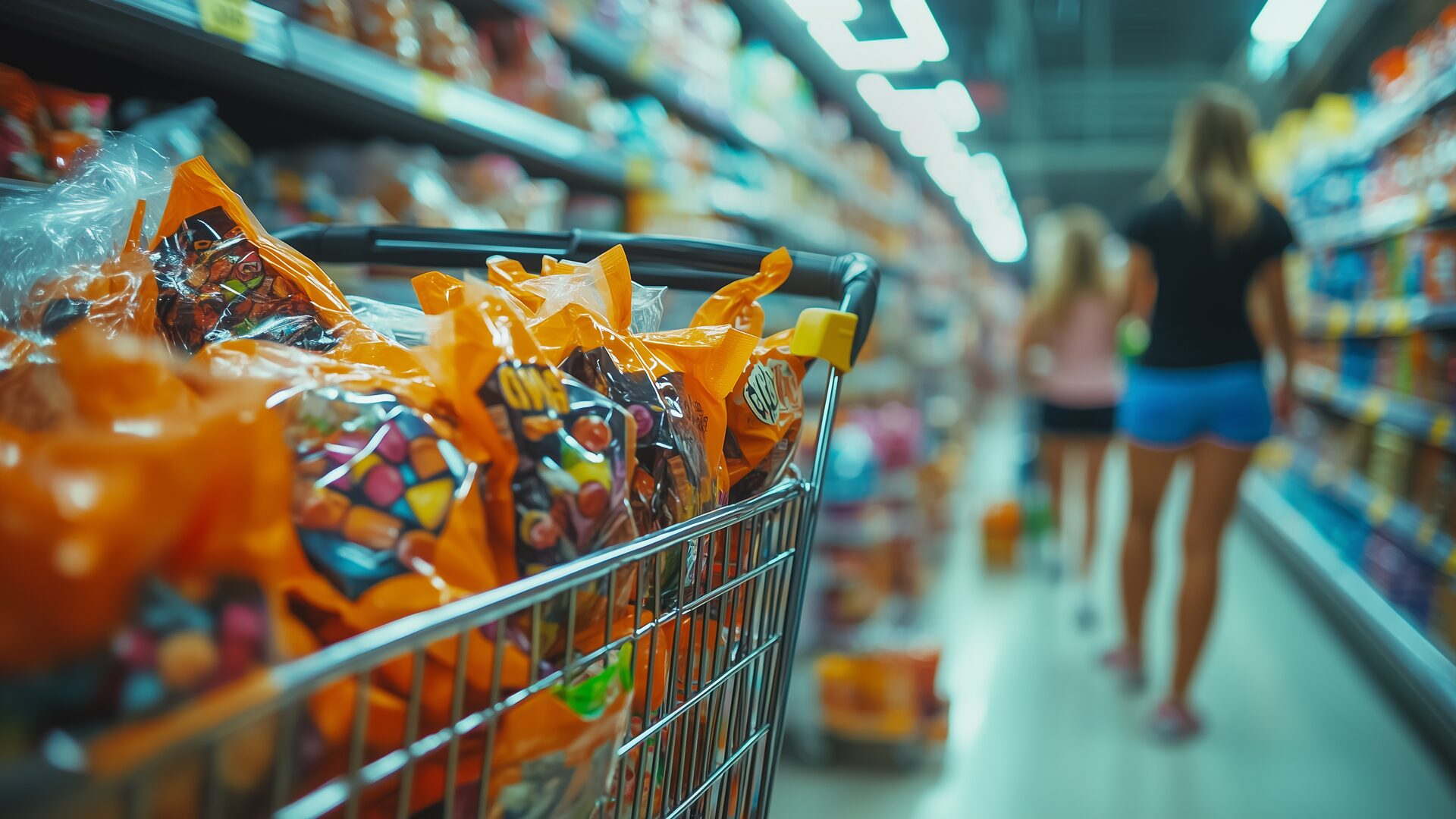When scanning a candy store in 2024, consumers may notice a spine-chilling trend: freeze-dried products, apparently, are the coolest.
Candies like Skittles, Starburst, Bit-O-Honey, and Jolly Rancher can now be found in freeze-dried variations. In that spirit, Lemondhead Krunch Mix, for example, offers a sweet, sugary blast, along with a slightly crispy texture.
“Consumers continue to look for new textures in the candy aisle, and freeze-dried products deliver,” candy scientist Tessa Porter told The Food Institute.
“The process of freeze-drying candy quite literally expands the current range of textures by turning chewy candy into crunchy candy that then softens again when in your mouth,” added Porter, who owns Sprinkk, a Nebraska-based candy development and manufacturing company.
The freeze-dried candy trend has gathered momentum for months, stoked by social media platforms like TikTok. The hashtag “freezedriedcandy” has racked up more than 2 million views on the video platform, according to snackandbakery.com. New players continue to enter the category, and specialty retailers seem especially interested in freeze-dried candy.
As a result, innovations like Astronaut Ice Cream and Freeze-dried Berry Puffs are hitting store shelves.
According to a blog post by Nassau Candy, there are three key stages to the freeze-drying process:
- Freezing – this results in the formation of ice crystals on candy
- Sublimation – solid ice crystals are turned into a gas, and temperatures are slowly raised to aid the process
- Desorption – temperatures are increased further to draw moisture from the candy, which helps make the end product light and crispy
The Kitty Hawk Krunch brand out of Hastings, Minnesota, has produced freeze-dried products for four years. Co-owner Kelly Willner said freeze-drying fruits like strawberries can take nearly three days, but recent improvements to machinery have made the process of creating freeze-dried candy quicker.
Freeze-drying “blows dehydrating out of the water. We started out selling freeze-dried fruits and vegetables – it locked in 97 percent of the nutrients and can last almost 30 years if stored properly,” Willner told FI.
Freeze-dried candy “can be nostalgic for elders who haven’t had, say, a Bit-O-Honey in years; Now they can – it won’t stick to their teeth. No one will lose a crown eating freeze-dried candy. And the flavor is so enhanced,” added Willner, currently in the process of opening River City Sweets, a candy store in Prescott, Wisconsin.
While items like Swedish-style candy and plant-based gummies have clearly intrigued manufacturers in 2024, the freeze-dried candy trend appears to have staying power – even if major brands have largely stayed away so far.
“We’ve seen the growth of multi-texture within one product via products like Nerds Gummy Clusters,” Porter noted. “And, while freeze-dried candies don’t have as much variation within the product, it still creates different textures throughout the eating experience. It’s also a novel experience when candy is expected to be soft and chewy (but) can (also) be experienced as crispy and crunchy.”
Main image provided by Freepik
The Food Institute Podcast
How are foodservice consumers contending with persistent inflation? Are they eating more at home, for example, or continuing to treat themselves at their favorite restaurants? The latest episode of The Food Institute Podcast examines that topic with Krystle Mobayeni of BentoBox, who dissected rapidly evolving consumer dining dynamics.


